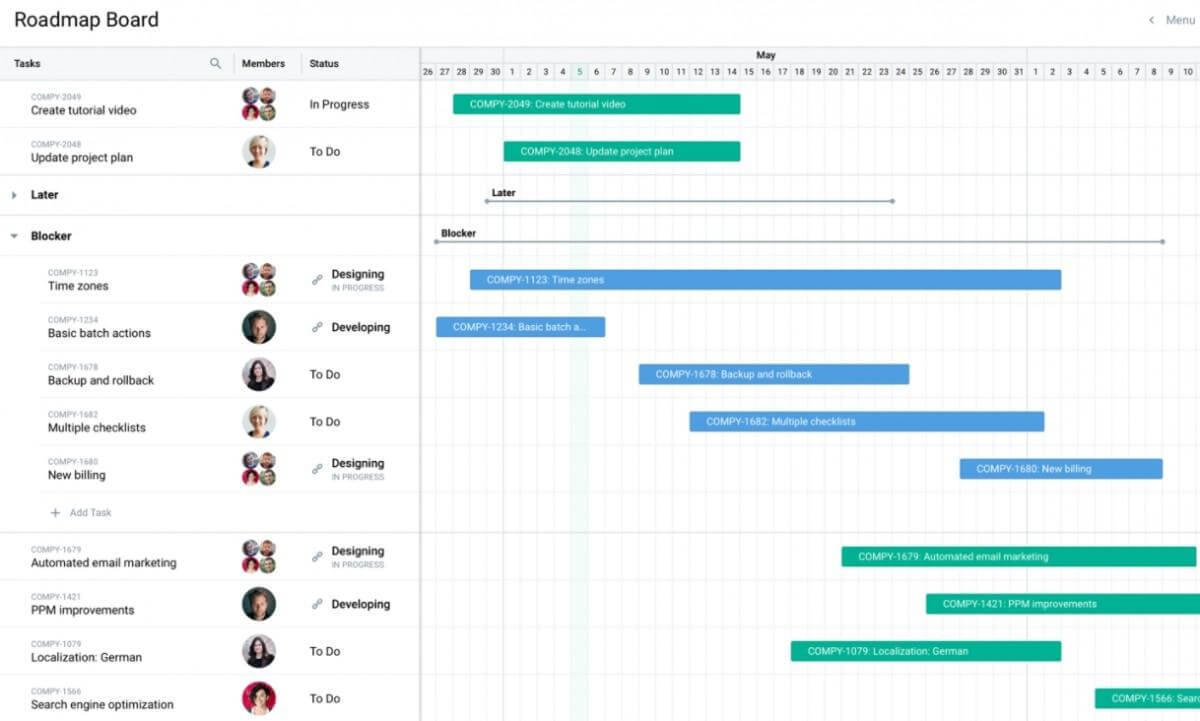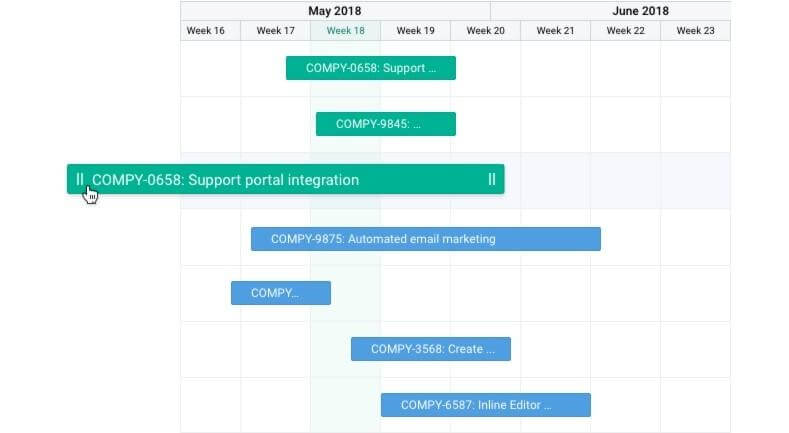The Power of Technology Roadmaps for IT Companies

Product managers, stakeholders and company leaders always think about how business goals can be matched to specific technologies. A technology roadmap can be the real answer.
Motorola was one of the first companies that applied the process of technology roadmapping in the 1970s. Since then, different tech-oriented companies and teams all over the world have turned to technology roadmaps to drive their projects.
What is a Technology Roadmap and what is it for?
A technology roadmap is also often named as IT Roadmap. This is a strategic document for product managers where they can plan product goals, short-term and long-term initiatives.
This Roadmap proposes key information that helps IT teams make better decisions around product technologies and investments.
Today you may find different approaches to technology roadmap maintaining. A simple roadmap can be created even with the help of MS Excel. However, complicated IT projects and product objectives require a thorough approach.
IT companies need a technology roadmap to define which technologies should be applied, as well as the timeline to implement new systems.
Using technology roadmap is one more way to keep the team organized. In software development companies the key goal of roadmaps is to align engineering, IT, marketing and other units by developing a plan of action with new technology solutions or maintain existing ones.
Technology roadmaps can be divided according to the aims, strategies and team participants: developers roadmaps, internal IT roadmaps, architecture roadmap, software roadmap, hardware procurement roadmap, etc.
Two key advantages of technology roadmaps:
- A roadmap allows product managers effectively organize and prioritize all their ideas, objectives and requirements into a high-level strategic plan.
- It helps to communicate the strategic plan and its details to all participants with whom you will need to collaborate throughout the development process.
Technology roadmap components
There are key components that a technology roadmap may include:
- Roadmap goals are planned achievements that companies want to achieve. They can be short-term and long-term. These goals are based on the business capabilities.
- New product features that will be achieved and implemented through the enhanced technology systems.
- Release plans with supporting the new features and capabilities. Usually, managers plan and schedule releases months in advance.
- Milestones are the key points that should be achieved during the development process. Stakeholders track milestones and it allows them to see the progress towards the long-term goals. Milestones are usually connected with specific dates.
- Resources define the manpower for implementing and maintaining the systems.
- Risk factors are external and internal barriers that can disturb to achieve the goals and milestones according to the technology plan.
- The status report helps to keep everyone informed.
Who is responsible for road-mapping process?
In IT teams, usually, product managers are responsible for maintaining a technology roadmap. However, the input from each of the key stakeholders is important too. This input allows the company to understand the objectives and needs from each side.
Besides the product manager, technology roadmap stakeholders may include developers, a project manager, General Managers, finance, sales & marketing depts, legal, etc.
Creating a technology roadmap is only one the part of the process.
The crucial point is to share the roadmap with key stakeholders to make them informed on the overall plan. This is what some technology roadmap software allows.
In Hygger, you can share your smart Roadmap and let everyone understand the overall state of the entire project and individual projects. Here’s how it looks:
Conclusion
Technology roadmapping is an ongoing process to identify the key technology initiatives that will support the needs of the organization.
The process of technology roadmapping keeps teams focused on the most important objectives. IT roadmaps also take note of any potential risk factors so team members can be prepared accordingly in advance.
Do you use this kind of roadmap?





